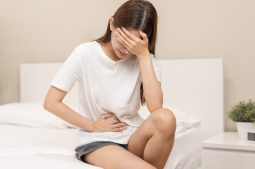
When you’re trying for a baby, it’s tempting to try everything you can to give yourself the best chance of conceiving. From regular temperature checks to detect ovulation through to carrying around a rose quartz crystal ‘just in case’, these rituals can each carry personal significance to each individual. One of these rituals is the act of fertility massage. To its advocates, the benefits of fertility massage include boosting blood flow to the reproductive organs and helping ease stress, with some believing the practice can make a big difference when trying to conceive.
In this article, we will look at the science behind fertility massage and whether it can really increase the chances of getting pregnant. You will also find out what it involves and how to try it at home, if this is something you wish to do.
What is fertility massage?
Fertility massage is a specific form of massage that some believe has the potential to improve fertility. While you might assume it’s a modern trend, the act of fertility massage is a technique that’s been practiced since ancient times, long before the arrival of modern medicine. As early as 3000 BC, there are records of massage therapy as a healing practice for certain illnesses and ailments. Nowadays, we know a fertility massage as a combination of deep tissue massage and reflexology. The deep tissue massage is highly relaxing and can improve circulation. When performed around the abdomen, it’s believed to have fertility-boosting benefits such as encouraging blood flow to the reproductive organs and even helping break down scar tissue. On the other hand, reflexology focuses on acupressure points on the feet and ankles which, when massaged, are thought to help release blocked energy and relieve stress. It is a form of manual therapy which has its roots in ancient Chinese medicine, and can be used in conjunction with acupuncture. Some believe that the inner and outer ankles are thought to represent the uterus, ovaries and the reproductive organs: during a fertility massage, these places in particular are focused on as strategic pressure points.
Should I try fertility massage?
While there are several promoted benefits of fertility massage, one of the most widely studied is its impact on stress levels.
The unique physical and emotional toll of trying to conceive, whether naturally or through fertility treatment, is extremely stressful for many couples. It can also seem at times like a vicious cycle, with numerous cortisol triggers along the way. Having high levels of cortisol, the stress hormone, in the body has been known to make it more difficult to conceive. One study found that women who had higher stress levels (measured in this case by higher levels of the stress enzyme alpha-amylase in saliva) took 29% longer to get pregnant in comparison to those with lower stress enzymes. In another study, cortisol was found to negatively impact oocyte (egg) quality and even lead to fewer eggs being collected at egg collection.
If you are experiencing high levels of stress, finding ways to alleviate this feeling could offer a form of relief. Regular massages, whether it’s self-massage at home or with a specialist, may help lower cortisol levels and make you feel more at ease. And while fertility massage therapy may not be for everyone, some may find comfort in simply staying proactive while trying to conceive, particularly if they find doing the opposite is a source of stress.
In any case, it’s important to have clear expectations if you do decide to try fertility massage. If there is an underlying issue causing your fertility problems, then it is very unlikely that fertility massage will help you achieve your goal. While massage can be powerful and a widely-practiced method to defuse stress and improve your mood, it is not a medical substitute to treat a reproductive issue. If you have a known medical condition affecting your fertility, such as ovulation disorders such as PCOS (polycystic ovaries), or damage to the fallopian tubes or uterus, it is best to seek professional help.
What are the physical benefits of fertility massage?
One of the most popular benefits of regular massage therapy is improving blood flow and circulation. In terms of fertility, by improving blood flow to organs that are needed to transport hormones, it can help to aid hormonal balance, which can greatly improve the chances of conceiving. Fertility massage may also be able to clear any congestion, such as stagnant blood or tissue, and help to detoxify the body of any excess oestrogen.
Previous abdominal surgery, pelvic issues or caesarean sections could have left their mark through adhesions or scar tissue. Regular abdominal massage can help to break these down, while improving the circulation to the abdominal organs. Improving circulation is important to enhancing fertility – both better circulation and increased blood flow help to better oxygenate the blood supply. This leads to healthier bodies in general, from the tips of our fingers right through to those vital reproductive organs.
Is there evidence that fertility massage can increase the chances of conception?
There is not yet any research-based evidence to support fertility massage as a scientifically-proven method of increasing the chances of getting pregnant. Yet, there is a grain of truth behind the idea, especially when it comes to the stress hormone, cortisol.
When we’re stressed, it can trigger our bodies to generate very high levels of cortisol, which can have a powerful effect on how our bodies function. As we mentioned earlier in this article, this stress hormone can inhibit oestradiol production, which is a type of oestrogen needed to maintain oocyte quality and signal ovulation. Oestradiol production is also vital in the IVF process, as it plays a part in preparing the uterine lining for implantation at embryo transfer. In fact, studies have found that abnormal levels of oestradiol are connected to lower success rates in IVF treatments.
Stress also has a direct impact on the hypothalamus, which is the part of the brain that regulates our hormones. These hormones are also responsible for regulating the menstrual cycle, so higher levels of stress may disrupt ovulation, which in turn can make trying for a baby more challenging.
If you are having fertility treatment such as IVF, there is research that suggests there are some forms of massage linked to improved outcomes. One 2015 study found that by using a massaging device for 30 minutes before a blastocyst transfer helped to improve the chances of embryo implantation. The scientists involved in the study concluded that the massage helped to reduce stress and boost blood flow to the abdominal area, which could have had a positive effect on the outcome.
How to try fertility self-massage at home
Although you can visit a specialised fertility massage therapist, it’s also possible to learn how to do fertility massage at home . Start by making yourself comfortable – go to the toilet so your bladder is empty and choose somewhere quiet and comfortable, such as your bedroom. Once you’re lying down, pop some pillows under your knees to support your back.
You’ll need to locate your reproductive organs so you’re massaging the right spots. To locate your uterus, place your thumbs on your belly button and stretch your fingers down to make a diamond shape. The point where your fingers meet is where the uterus should be. From here, you can also navigate to the ovaries: move your fingers four inches downwards and then three inches to either side.
Once you’ve found your reproductive organs, you’re ready to start. Place one of your palms on your navel, with the other hand on top, and move them in a circular, clockwise motion. Go slowly and breathe deeply. Next, you can move to the sides of your abdomen, start just under the ribs and stroke downwards.
When focusing on the uterus, use your fingertip to gently apply pressure to this area. If you notice an area that is particularly tense, you can focus your efforts here and use slightly more pressure. Repeat on the location of your ovaries. Finish with some deep breathing to aid relaxation.
Our verdict
Touch can be powerful tool if you’re feeling stressed, with studies highlighting that massage therapy can reduce levels of cortisol and trigger the release of serotonin and dopamine.
Whether you see a professional massage therapist or just try self-massage at home, spending time on an activity that helps you de-stress certainly won’t do any harm while you’re trying to conceive. We also know that massage is completely safe. However, it’s important to manage expectations when using complementary or alternative therapies, such as massage. While such therapies can have powerful benefits when used in conjunction with conventional medicine, they should not be a substitution for medical care if you have a known reproductive issue. It’s always best to speak to your GP or a fertility specialist first.
When pregnant, it’s important to remember that massage is not recommended for women in their first trimester and that once the first 12 weeks have passed, you should only get a prenatal massage from a therapist trained in this discipline.
IVI’s holistic approach
If you’ve been actively trying for a baby for a year or more (or six months if you’re over 35), it is best to speak to a specialist to ensure there are no underlying issues affecting your fertility. If an issue is found, you can then take steps to address it. At IVI, we take a holistic view to fertility treatment and every patient has a personalized plan. If you would like to find out more, you are welcome to join one of our free online patient information events to meet the team and find out more about the treatments we offer.

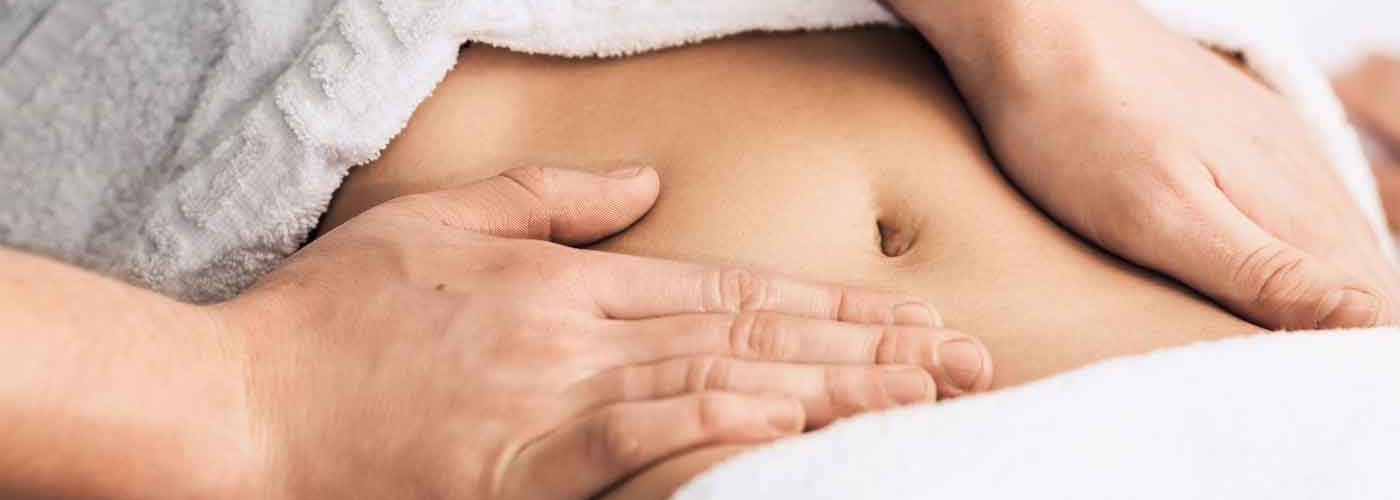
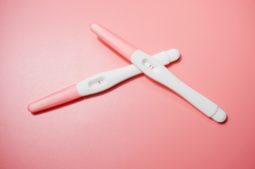
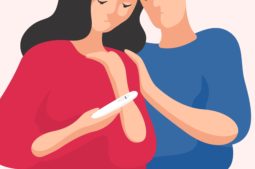
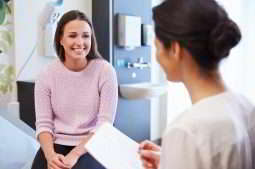
Comments are closed here.